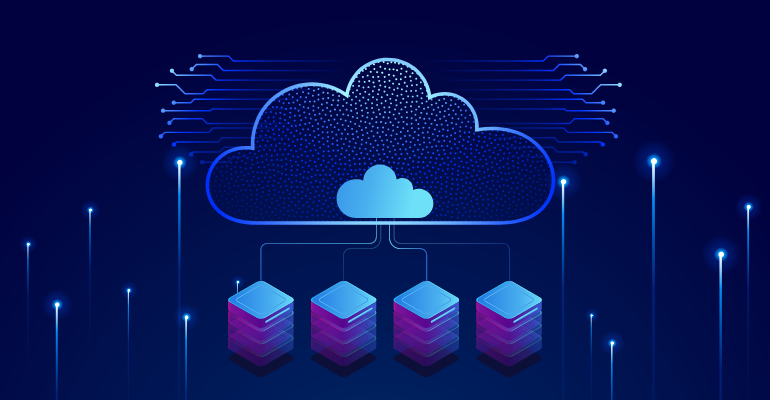Different approaches to cloud migration
What are the different types of Cloud Migration?
There are three main types of cloud migration: data center consolidation, application refactoring, and hybrid cloud. Data center consolidation is the process of moving workloads and data from multiple on-premises data centers to a single cloud infrastructure. Application refactoring is the process of modifying an existing application so that it can run in a cloud environment. Hybrid cloud is a mix of on-premises and cloud-based resources and services.
Cloud migration can be a complex and daunting task, but it doesn’t have to be. By understanding the different types of cloud migration and the tools and services available, you can make the transition to the cloud smoothly and efficiently.
Data center consolidation:
Data center consolidation is the process of moving workloads and data from multiple on-premises data centers to a single cloud infrastructure. This can be done for a variety of reasons, such as reducing costs, increasing efficiency, or improving disaster recovery capabilities.
When consolidating data centers, there are a few things to keep in mind. First, you’ll need to determine which workloads and data will be moved to the cloud. Second you’ll need to select a cloud provider that can support your workloads and data. And finally, you’ll need to migrate your workloads and data to the cloud.

Application refactoring:
Application refactoring is the process of modifying an existing application so that it can run in a cloud environment. This can be done for a variety of reasons, such as increasing scalability or reducing costs.
When refactoring applications, there are a few things to keep in mind. First, you’ll need to determine which parts of the application can be moved to the cloud. Second, you’ll need to select a cloud provider that can support your application. And finally, you’ll need to migrate your application to the cloud.
Hybrid cloud:
Hybrid cloud is a mix of on-premises and cloud-based resources and services. This can be done for a variety of reasons, such as increasing flexibility or reducing costs.
When using a hybrid cloud model, there are a few things to keep in mind. First, you’ll need to decide which workloads and data will be hosted in the cloud. Second, you’ll need to select a cloud provider that can support your workloads and data. And finally, you’ll need to migrate your workloads and data to the cloud.
Cloud migration can be a complex and daunting task, but it doesn’t have to be. By understanding the different types of cloud migration and the tools and services available, you can make the transition to the cloud smoothly and efficiently. For more information on cloud migration, please get in touch. Thank you for reading!
What are the major cloud migration techniques?
There are several cloud migration techniques that can be used when moving to the cloud. The most common technique is lift and shift, which simply means moving your applications and data to the cloud without making any changes to them. This is the easiest way to migrate to the cloud, but it may not be the most cost-effective or efficient.
Another common technique is re-architecting, which involves redesigning your applications so that they can run on the cloud. This can be more costly and time-consuming than lift and shift, but it can also lead to better performance and scalability.
Other migration techniques include refactoring, decoupling, and virtualizing. Refactoring involves rewriting your code to make it more cloud-friendly, while decoupling separates your applications into smaller pieces that can be run independently. Virtualizing involves creating virtual machines that mimic the functionality of physical servers.
Choosing the right migration technique depends on your specific needs and goals. Lift and shift is a good option for organizations that want to move to the cloud quickly and without making any major changes, while re-architecting may be a better choice for Harrogate organizations that need more flexibility and performance.
What are the must-have cloud migration planning checklists?
Cloud migration planning checklists can help ensure a successful migration to the cloud. There are several things to consider when creating a checklist, such as the size and scope of the migration, the type of cloud platform being used, and the level of automation desired.
Here are some of the most important items to include in a cloud migration planning checklist:
1. Assess your current environment and determine what needs to be migrated.
2. Estimate the time and resources required for the migration.
3. Choose a cloud platform and develop a plan for migrating your workloads.
4. Identify any potential roadblocks and develop strategies for overcoming them.
5. Test your plan and make any necessary adjustments.
6. Execute the migration and monitor its progress.
7. post-migration, review your new environment and make sure everything is working as expected.
By following these steps, you can ensure a smooth and successful cloud migration. Contact Harrogate Apps for an in dept understanding of cloud migration.